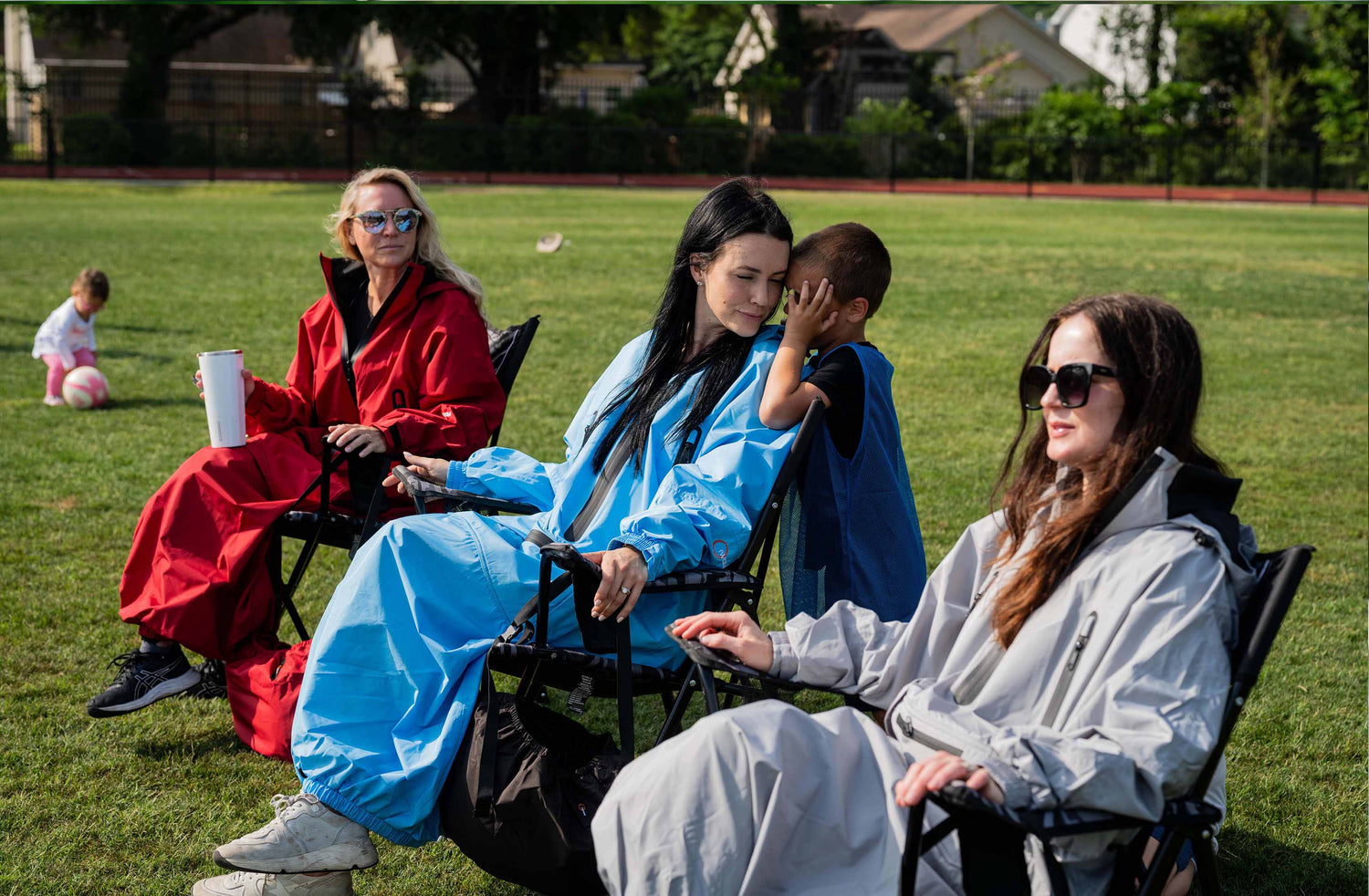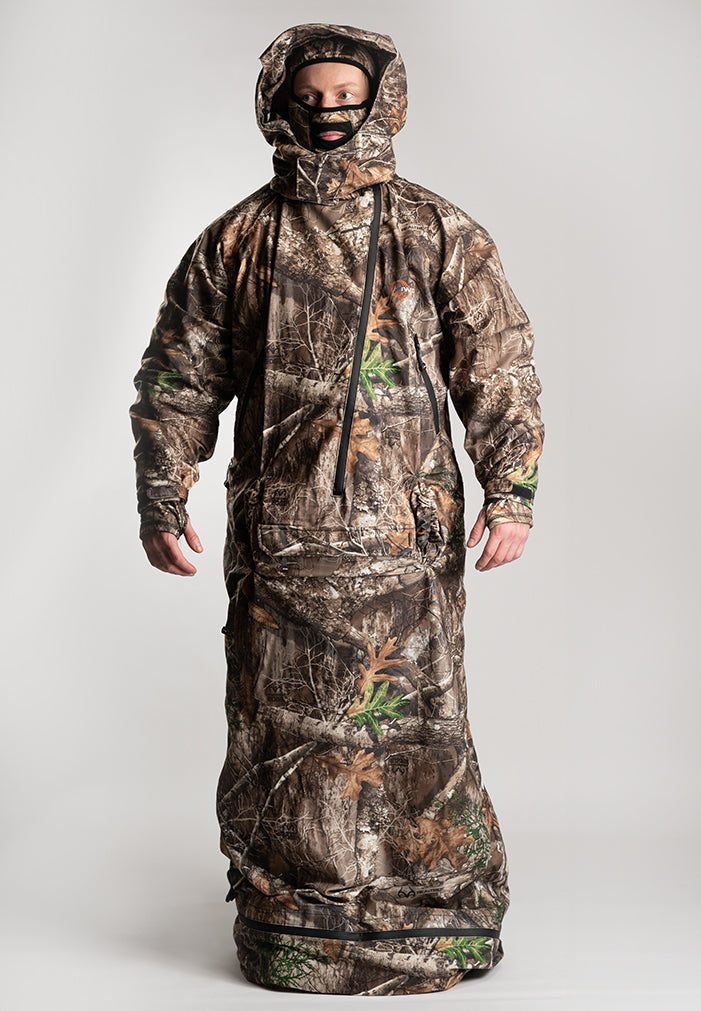When it comes to outerwear, understanding the difference between a windbreaker and a rain jacket can save you from making the wrong choice in unpredictable weather. Each serves a distinct purpose, and while they might seem interchangeable at first glance, their features and benefits are tailored for specific scenarios. Whether you’re looking for a lightweight windbreaker for breezy conditions or an insulated rain jacket to keep you warm and dry during heavy rainfall, knowing which to choose is essential.
Let’s dive into what sets these two types of jackets apart, their unique purposes, and how to decide which one fits your needs best.
What Is a Windbreaker?
A windbreaker is a lightweight, breathable jacket designed to protect you from wind and light chill. It’s perfect for cool, breezy days when you don’t need heavy insulation or complete waterproofing.
Key Features of a Windbreaker:
-
Lightweight and Compact: Windbreakers are made from thin, lightweight materials, often nylon or polyester, making them easy to pack and carry.
-
Wind-Resistant Fabric: The primary purpose of a windbreaker is to block the wind, providing a barrier that prevents cold gusts from penetrating your clothing.
-
Water-Resistant but Not Waterproof: While many windbreakers have a water-resistant coating, they are not fully waterproof. They can handle light rain or drizzle but aren’t suitable for heavy downpours.
-
Breathability: These jackets are designed to allow airflow, preventing overheating during high-energy activities like hiking or running.
When to Use a Windbreaker:
-
Mild Weather: On days with moderate temperatures and occasional breezes.
-
Outdoor Activities: Great for running, cycling, or hiking, especially when you need protection from the wind but don’t want to overheat.
-
Layering: Ideal for layering over a sweatshirt or base layer on cooler days.
Windbreakers excel in lightweight comfort and wind resistance but fall short when it comes to heavy rain or extreme cold.
What Is a Rain Jacket? 
A rain jacket, on the other hand, is designed specifically for wet weather. It offers superior waterproofing to keep you dry in heavy rain and often includes features like hoods and sealed seams for enhanced protection.
Key Features of a Rain Jacket:
-
Waterproof Material: Made from fabrics like Gore-Tex or other waterproof membranes, rain jackets prevent water from penetrating the outer layer.
-
Insulation Options: Some rain jackets, like an insulated rain jacket, provide added warmth with fleece or synthetic lining, making them suitable for cold, rainy days.
-
Sealed or Taped Seams: These prevent water from seeping in through the stitching, ensuring complete waterproofing.
-
Adjustable Hoods and Cuffs: Designed to keep water out of areas like your head and wrists.
-
Heavier and Bulkier: While not as compact as a windbreaker, the extra weight comes from its protective features.

When to Use a Rain Jacket:
-
Rainy Weather: From light drizzles to heavy downpours, rain jackets are the best choice for staying dry.
-
Cold and Wet Conditions: Insulated rain jackets are perfect for combining warmth with waterproofing, ideal for cold and rainy weather.
-
Extended Outdoor Activities: Hiking, camping, or fishing in wet environments call for the durability and protection of a rain jacket.
Rain jackets prioritize keeping you dry in wet conditions, making them indispensable during rainy seasons or in areas prone to unpredictable weather.
Windbreaker vs. Rain Jacket: How They Compare
While both jackets serve as outerwear, their features and functionality cater to different needs.
1. Weather Protection
-
Windbreaker: Designed primarily to block wind; offers limited water resistance.
-
Rain Jacket: Fully waterproof, with some offering windproof capabilities as well.
2. Weight and Packability
-
Windbreaker: Extremely lightweight and easy to pack; ideal for casual outings or athletic activities.
-
Rain Jacket: Heavier due to its waterproof materials, though many modern designs are still packable.
3. Durability
-
Windbreaker: Less durable against harsh conditions; best for light, breezy days.
-
Rain Jacket: More durable, especially when equipped with features like taped seams and waterproof zippers.
4. Versatility
-
Windbreaker: Great for layering or wearing as a light outer layer. Not suitable for sustained wet weather.
-
Rain Jacket: Versatile in wet and windy conditions; insulated versions add an extra layer of functionality for colder climates.
5. Use Case
-
Windbreaker: Best for mild weather and high-energy outdoor activities like running or biking.
-
Rain Jacket: A necessity for rainy, wet environments, whether you’re hiking, commuting, or camping.

Choosing the Right Jacket for Your Needs
When deciding between a windbreaker and a rain jacket, consider the following:
-
Weather Conditions: If you’re facing light breezes and mild temperatures, a windbreaker is perfect. For heavy rain or cold, a rain jacket is essential.
-
Activity Level: For high-energy activities, opt for a breathable windbreaker. For extended outdoor trips, a rain jacket offers the protection you need.
-
Portability: If you’re packing light, a windbreaker is more compact. However, many rain jackets now offer packable designs without sacrificing protection.
-
Warmth: If you need insulation, a rain jacket with added lining, like an insulated rain jacket, is the better option.
Introducing the IWOM Convertible Rain Jacket
If you’re looking for a rain jacket that goes above and beyond, the IWOM Convertible Rain Jacket is the perfect choice. Designed to combine the best features of rain jackets and modern outerwear, it offers unparalleled functionality, style, and comfort.
Why Choose the IWOM Convertible Rain Jacket?

The IWOM Convertible Rain Jacket stands out for its innovative features:
-
100% Waterproof and Windproof: Engineered to keep you dry in the heaviest rain while also blocking wind.
-
Comfort: Provides warmth (by trapping in your heat) for cold, rainy days, making it a top-tier rain jacket.
-
Taped Seams and Rubberized Zippers: Ensures no water seeps through, even during prolonged exposure to rain.
-
Versatile 3-in-1 Design: Converts from a traditional rain jacket to full-body containment mode, offering complete protection.
-
Packable and Portable: Rolls into its own self-contained fanny pack, making it easy to carry wherever you go.
-
Freedom Waist Belt and Elastic Hem: Adjustable features for a customizable fit and all-day comfort.
When it comes to choosing between a windbreaker and a rain jacket, it all depends on the weather conditions and your specific needs. A windbreaker excels in lightweight, wind-resistant performance for mild days, while a rain jacket provides the waterproofing and insulation necessary for wet and cold weather.
If you want the best of both worlds, the IWOM Convertible Rain Jacket offers superior protection, versatility, and convenience. Whether you’re hiking, camping, or simply navigating a rainy day in the city, this jacket ensures you stay warm, dry, and comfortable.
Don’t let the weather stop you. Upgrade to the IWOM Convertible Rain Jacket today and experience the ultimate in outdoor gear.


